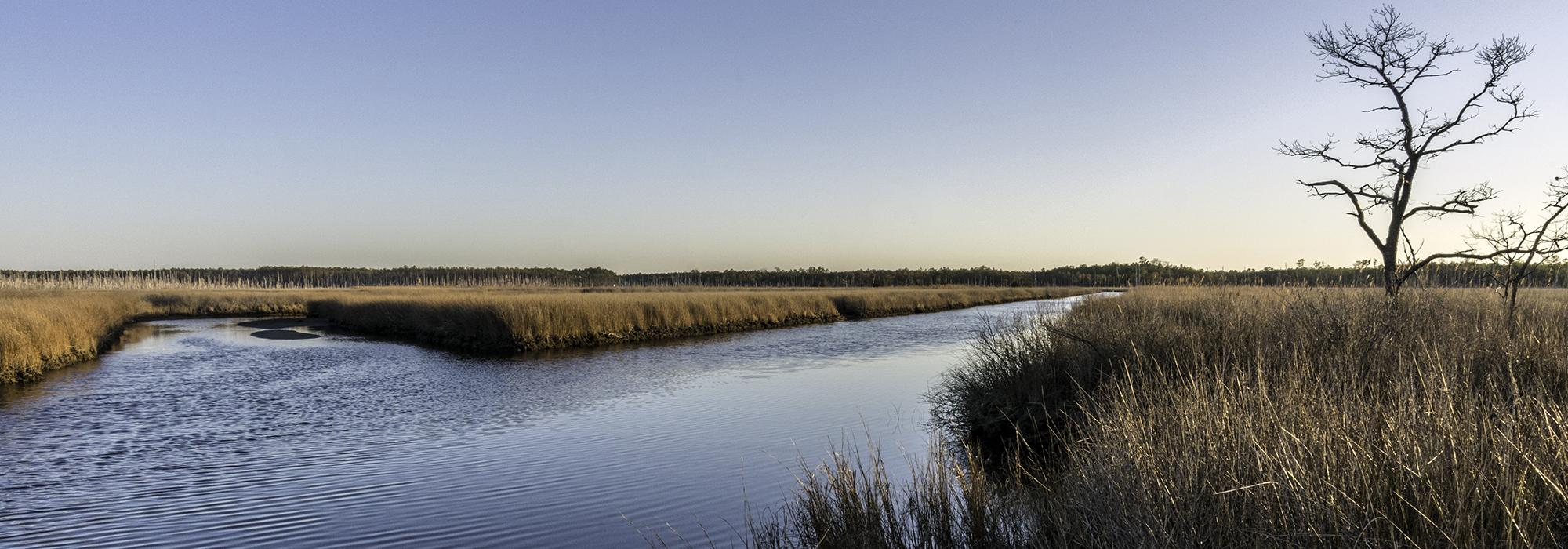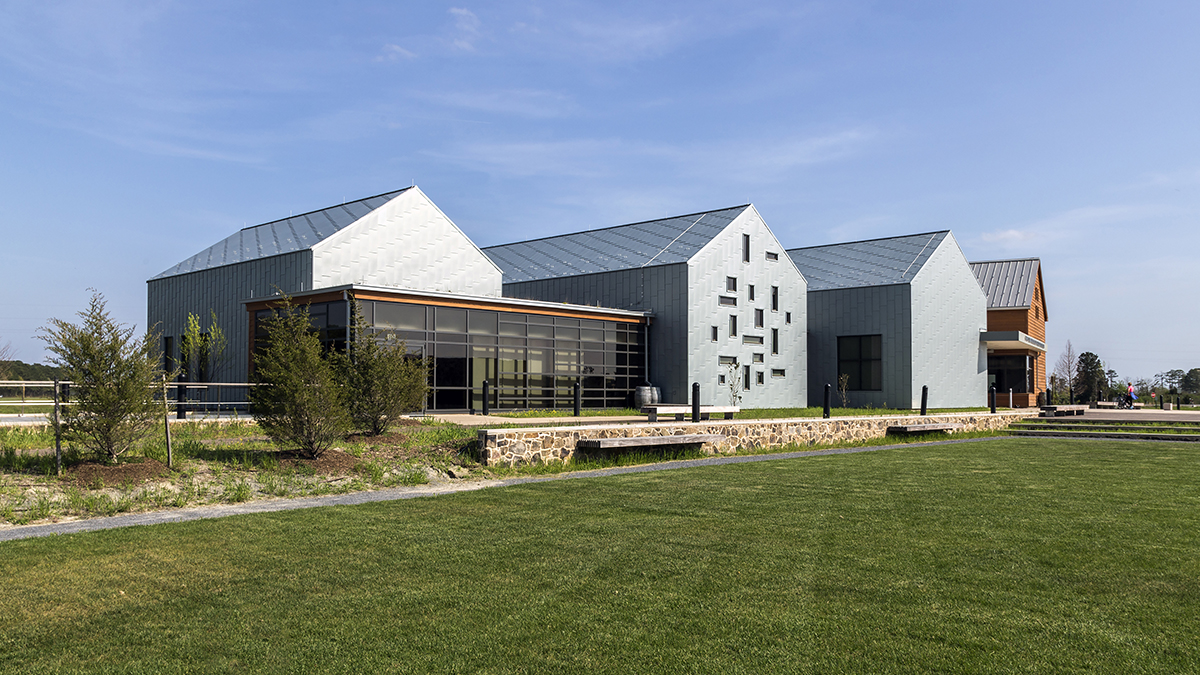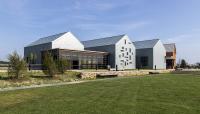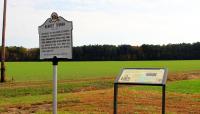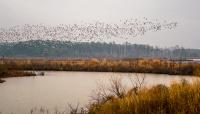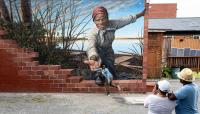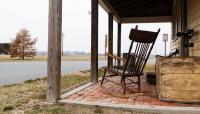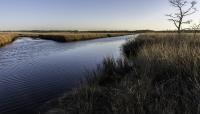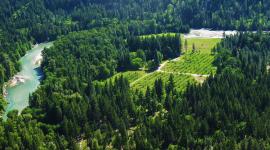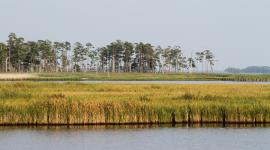Landscape Information
Located amid the tidal marshes of the Chesapeake Bay region is a cultural landscape central to the legacy of American abolitionist Harriet Tubman and the covert operations of the Underground Railroad. Born into slavery in Dorchester County, Maryland, around the year 1820, Tubman worked on the Brodess Farm from the age of five. After escaping to Philadelphia in 1849, she returned to Maryland nineteen times as a conductor on the Underground Railroad, guiding more than 70 enslaved friends and family members to freedom. Tubman also assisted John Brown in his raid upon Harper’s Ferry and became the first woman to lead an armed assault during the Civil War as part of the Combahee River Raids, during which some 750 enslaved people were freed.
In March 2013 President Barack Obama authorized the creation of the Harriet Tubman Underground Railroad National Monument. Comprising federal, state, and private lands along the Eastern Shore of Maryland, the parkland overlaps with the Blackwater National Wildlife Refuge and is bisected by the 125-mile-long Harriet Tubman Underground Railroad Byway, which connects 36 significant sites along the shoreline. At the center of the byway, within the monument, lies the seventeen-acre Harriet Tubman Underground Railroad Visitor Center, commemorating Tubman’s legacy as the most successful “conductor” of the Underground Railroad. The westward loop of the byway further connects to the seven-mile-long Joseph Stewart’s Canal, constructed between 1810 and 1832 by enslaved and free African Americans. Tubman’s father, who was involved in nearby timbering operations, is said to have transported materials along the waterway. To the east, at the edge of the refuge, lie the Bucktown Village Store, the location of Tubman’s first act of resistance, and the Brodess Farm, where she toiled in slavery.



